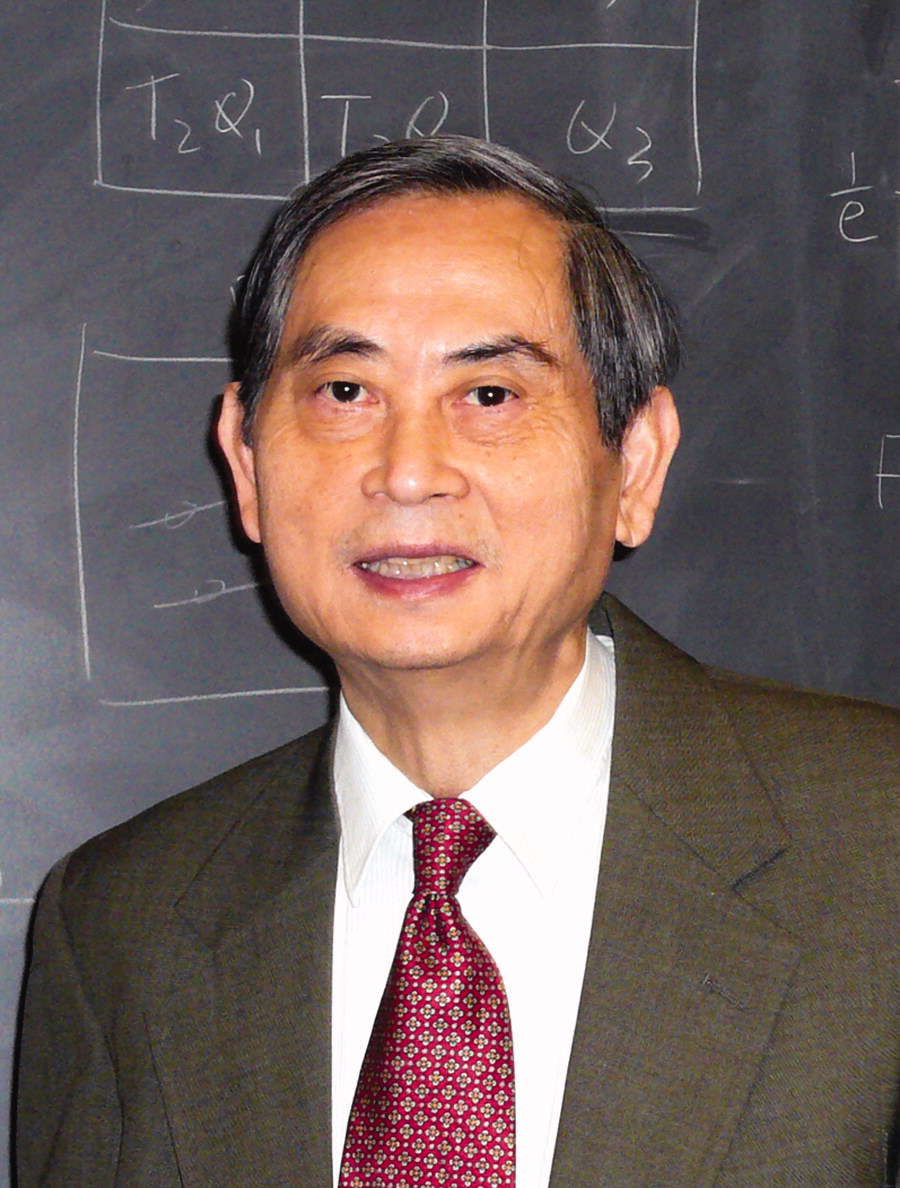Sow-Hsin Chen, who made seminal contributions to soft matter physics and the field of neutron scattering through his research, mentorship and teaching, died on June 26, 2021, at the age of 86.
His innovative use of neutron, X-ray and light-scattering techniques led to profound scientific discoveries with far-reaching implications across many disciplines including complex fluids, supercooled and confined water, and biophysics. His legacy extends to almost all neutron scattering facilities throughout the world thanks to his pioneering experiments and his invaluable service on numerous review and advisory committees. He also encouraged and educated many young scientists including dozens of students and postdocs at MIT.
Born in Taiwan, Sow-Hsin compiled an outstanding academic record at National Taiwan University and National Tsinghua University and was named an International Atomic Energy Agency Fellow at the International School for Nuclear Science and Engineering at Argonne National Laboratory from 1958 to 1959. He then enrolled at the University of Michigan in 1960, earning a Master’s degree in 1962, and it was there that he met some of his long-time friends including Jack Carpenter and Sidney Yip. In 1960 Sow-Hsin began his neutron scattering career at McMaster University as the first Ph.D. student of Nobel laureate Bertram N. Brockhouse, forging lasting friendships with other Brockhouse students, such as Eric Svensson and Mike Rowe. In 1966–1967, he visited AERE Harwell and worked with Peter A. Egelstaff. In 1967–1968, he was a research fellow at Harvard University with Nobel laureate, Nicolaas Bloembergen. In 1968, Sow-Hsin joined the Nuclear Engineering Department of MIT as a professor where he remained for over 50 years, becoming a colleague of Nobel laureate, Clifford G. Shull. He continued to work as a professor emeritus until he passed away.
Because of his broad scientific interests, Sow-Hsin made use of almost all types of neutron instruments over the course of his career. He studied the lattice dynamics of metals at McMaster University with the world’s first triple-axis spectrometer (TAS), located at the Chalk River Laboratory, and later the structure of fluids with a TAS that he built at the MIT Reactor. In the late 1970s, he became intrigued by the remarkable properties of water, a subject that eventually developed into a central focus of his research. Among his many important contributions, he measured the density minimum of water and observed the fragile-to-strong transition in supercooled water. In addition, since the early 1980s, Sow-Hsin carried out many small-angle neutron/X-ray scattering (SANS/SAXS) studies of soft matter that made enduring contributions to this field. For example, the decoupling approximation method he formulated is now widely used. His group also pioneered the investigation of interactions between macromolecules in protein solutions and developed useful methods for analyzing SANS/SAXS data of many systems, such as the Clipped Random Wave model and the two-Yukawa interaction model. Sow-Hsin’s research career was prolific, as he authored/co-authored over 525 papers and 10 books.
Sow-Hsin won the Clifford G. Shull Prize in 2008, the highest award bestowed by the Neutron Scattering Society of America, for his fundamental contributions to our understanding of supercooled and interfacial water. In 2015, his lifetime achievements and contributions to SANS/SAXS were recognized with the Guinier Prize from the International Union of Crystallography Commission on Small-Angle Scattering. He also received the Alexander von Humboldt U.S. Senior Scientist Award from Germany from 1987 to 1988 and was a co-recipient of the 2006 PNAS Cozzarelli Prize for collaborative studies of water dynamics. He received an honorary doctor of science, honoris causa, from the University of Messina, Italy, in 2014 and another from McMaster University, Canada, in 2016.
Sow-Hsin was passionate about expanding the frontiers of neutron-scattering science and methods for materials research. He served on numerous advisory committees for neutron facilities around the world including those in Taiwan, South Korea, Ecuador and Mainland China as well as the US and Europe. The neutron communities are indebted to him for his support and enthusiasm.
Sow-Hsin is survived by his wife of 60 years, Ching-chih Chen, their three children and five grandchildren.
